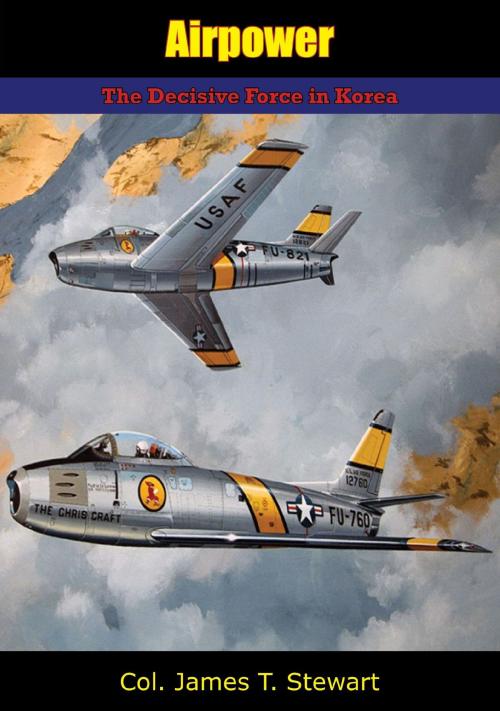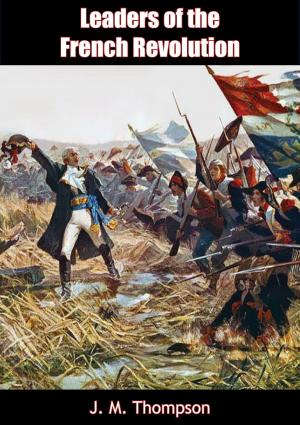| Author: | Col. James T. Stewart | ISBN: | 9781787209848 |
| Publisher: | Borodino Books | Publication: | February 27, 2018 |
| Imprint: | Borodino Books | Language: | English |
| Author: | Col. James T. Stewart |
| ISBN: | 9781787209848 |
| Publisher: | Borodino Books |
| Publication: | February 27, 2018 |
| Imprint: | Borodino Books |
| Language: | English |
“Without question, the decisive force in the Korean War was airpower. Through its unrelenting efforts in those dark days of the summer of 1950, U.S. and other U.N. ground forces were able to retain a foothold on the peninsula. During the three years of fighting that followed, defeat or victory often depended upon the successful accomplishment by the United States Far East Air Forces of the tasks laid upon them.
“As yet completely unresolved are the roles land and sea forces must play and their relationship to airpower in the full exploitation of its destructive potential; but an understanding of those factors is vital to a proper assessment of the role of air forces in the Korean War.
“Korea was a limited war in every sense of the word. There were economic restraints against the expenditures of precious resources which might weaken the U.S. worldwide stand against Communist aggression. There were political restraints against the use of certain weapons and forces. Fighting was limited to the confines of North Korea which precluded attacks upon the sources of enemy war-making materiels. Within North Korea itself: there were psychological restraints imposed upon the weapons used; moral restraints prohibited attacks for several years against lucrative target systems. In analyzing any aspect of Korea, it is important to remember that airpower was never charged with winning the war—nor were the ground forces after truce talks began.
“This book is not intended as a comprehensive analysis of each facet of the air war. Neither is it an inclusive chronology of events. Its purpose certainly is not to question U.S. policy or to detract from the stature of any service which fought so valiantly in Korea. Rather, it examines certain individual facets of the air war to further a better understanding of airpower. It constitutes professional reading for military people and interesting reading for the layman.” (Col. James T. Stewart)
“Without question, the decisive force in the Korean War was airpower. Through its unrelenting efforts in those dark days of the summer of 1950, U.S. and other U.N. ground forces were able to retain a foothold on the peninsula. During the three years of fighting that followed, defeat or victory often depended upon the successful accomplishment by the United States Far East Air Forces of the tasks laid upon them.
“As yet completely unresolved are the roles land and sea forces must play and their relationship to airpower in the full exploitation of its destructive potential; but an understanding of those factors is vital to a proper assessment of the role of air forces in the Korean War.
“Korea was a limited war in every sense of the word. There were economic restraints against the expenditures of precious resources which might weaken the U.S. worldwide stand against Communist aggression. There were political restraints against the use of certain weapons and forces. Fighting was limited to the confines of North Korea which precluded attacks upon the sources of enemy war-making materiels. Within North Korea itself: there were psychological restraints imposed upon the weapons used; moral restraints prohibited attacks for several years against lucrative target systems. In analyzing any aspect of Korea, it is important to remember that airpower was never charged with winning the war—nor were the ground forces after truce talks began.
“This book is not intended as a comprehensive analysis of each facet of the air war. Neither is it an inclusive chronology of events. Its purpose certainly is not to question U.S. policy or to detract from the stature of any service which fought so valiantly in Korea. Rather, it examines certain individual facets of the air war to further a better understanding of airpower. It constitutes professional reading for military people and interesting reading for the layman.” (Col. James T. Stewart)















